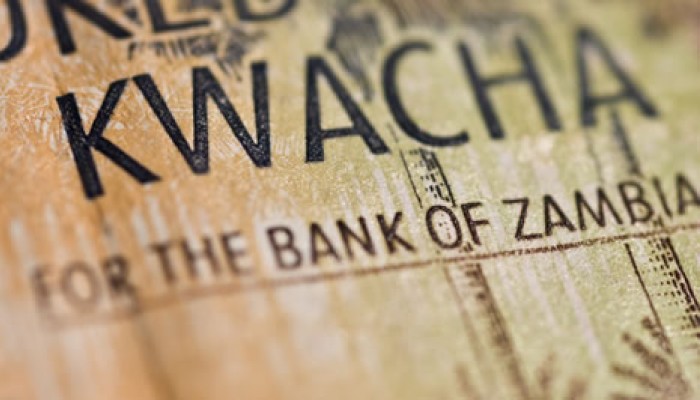The central bank in Africa’s second largest copper hotspot Zambia sold K8.5 billion in 2,3 and 5 year bonds, in a private placement offering on 05 June 2024. The bonds This bond sale comes in the wake of the inclusion of government securities as the newest asset above cash in the computation of statutory reserves. The Bank of Zambia has recorded a series of under-subscriptions in government security sales (to date) as markets grapple with the aftermath of tight liquidity following the 9% hike in cash reserve requirement to 26% on 05 May. This sterilization measures mopped the markets of excess liquidity which dented financial institutions purchasing power to fill up auctions.
In a memo issued to commercial banks, the BOZ will now permit the use of government securities up to 40% of the cash reserve ratio to be held as part of statutory reserves.
While the auction saw overwhelming appetite as banks sought to generate returns on cash reserves that have historically not paid any interest, the move was seen by analysts as cushioning fiscal pressure given the streak of under subscriptions.
Commenting on the matter, Executive Head Treasury and Trading for Global Opportunik Fund Dean Onyambu said, “The monetary and fiscal authorities executed an intelligent strategy by introducing statutory bonds, creating a win-win situation. Banks can now earn interest on bonds, unlike on cash statutory reserves where no interest is accrued. This shift means banks benefit from these investments, and the government secures substantial financing, amounting to 8.5 billion kwacha, predominantly through three-year and five-year bonds. This initiative effectively addresses liquidity issues by taking money out of the market for an extended period. Thus, it tightens monetary conditions more effectively, aligning with the need for stricter monetary controls.”
“Given the success of this private placement of bonds outside the primary market, the central bank can leverage this mechanism more often to tackle potential currency pressures. The BOZ can further hike the statutory reserve rate if needed. This success also suggests it’s an opportune moment for structural changes, such as reinstating SI.33 (de-dollarization) mandating all local transactions in kwacha to combat dollarization. Overall, the strategy showcases excellent execution by both the central bank and fiscal authorities, securing lower yield financing of the bond sale proceeds, benefiting banks with interest on reserves, and ensuring prolonged liquidity absorption, which is crucial for the economy,” Onyambu said.
Currently in a drought labyrinth, Zambia faces funding pressures that has triggered supplementary budget set to be tabled by cabinet in a weeks time. More recently the copper producer fully restructured its dollar bonds that now trade on the London Stock Exchange with the bond asset exchange having taken place on June 11. This has triggered commencement of debt service repayments with $267 million (being $75 million principal plus $187 million amortization) paid in June.
The red metal producer sought augmentation of the extended credit facility (ECF) by an additional $388 million, targeted at cushioning drought effects, yet to be tabled at the International Monetary Fund board meeting at the end of June. The IMF staff level agreement recently requested the MinFin to prioritize spending to cover vulnerable areas such as drought impacted and social cash transfer classes.
Zambia has in the last 7 days recorded a hat-trick of credit rating adjustments on the fresh bonds and the sovereign in response to the fiscal strides towards restoration of fiscal fitness. The most recent was Standards and Poor’s that upgraded the new issuances to ‘CCC+’ from SD while maintaining the long term issuer rating at S/D. Moodys ranked Zambia ‘Caa2’ from ‘Ca’ and ‘Caa2’ on foreign and local currency respectively. Fitch has the copper producers short term issuer rating at ‘CCC+’ while long term issuer rating was kept at ‘R/D.
The Kwacha Arbitrageur

